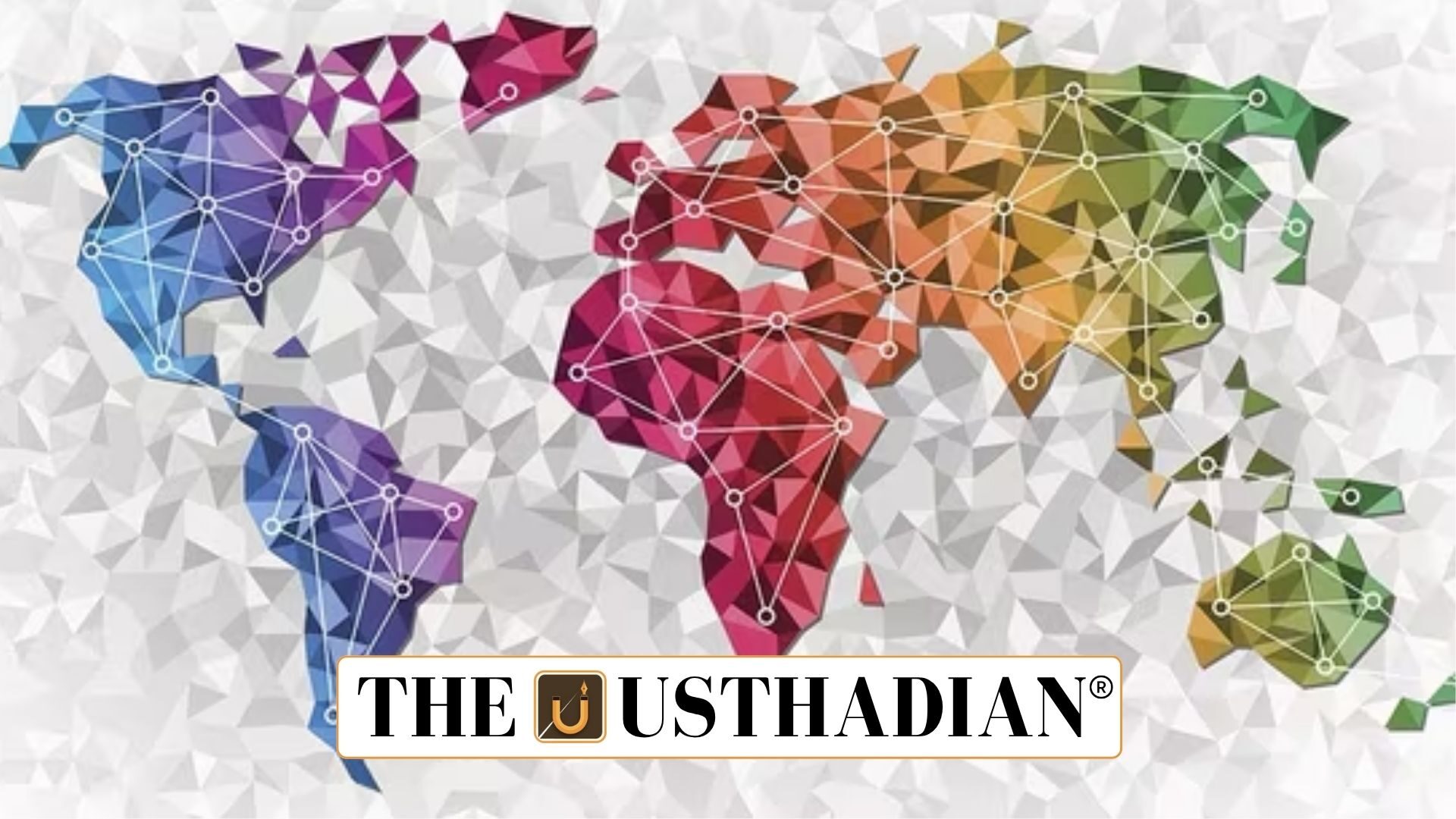Historic roots bind India and Central Asia
India and Central Asia Strengthen Ties at New Delhi Dialogue: India’s bond with Central Asia isn’t just recent diplomacy. The roots go back to the Silk Road, where goods, cultures, and ideas flowed freely. These trade links date back to the 3rd century BCE, making Central Asia a familiar neighbor long before modern borders emerged.
Even today, these nations — Kazakhstan, Kyrgyzstan, Tajikistan, Turkmenistan, and Uzbekistan — form part of what India calls its “extended neighborhood.” The connection is as much emotional as it is strategic.
Highlights from the 4th dialogue
The Fourth India-Central Asia Dialogue, held in New Delhi, was more than just a diplomatic meet. Foreign Ministers from all five Central Asian nations attended, showing growing interest in deepening cooperation.
One major gesture was the joint condemnation of the Pahalgam terror attack, a clear sign of solidarity with India on issues of security.
In a significant move, the group also explored collaborations on rare earth and critical minerals. These are vital for modern technologies like electric vehicles, defense equipment, and electronics. This joint exploration could open a new chapter in energy and resource diplomacy.
Shared global concerns
Another key focus was climate. The ministers welcomed the UN’s declaration of 2025 as the International Year of Peace and Trust, reflecting a shared desire for stability in a changing world.
The ministers also praised the First High-Level International Conference on Glaciers’ Preservation, hosted in Tajikistan. Central Asia and India both rely heavily on snow-fed rivers, so preserving glaciers is critical for water security.
Boosting connectivity and trade
India is pushing to improve trade routes through major infrastructure projects. The International North-South Transport Corridor (INSTC) and Chabahar Port in Iran are being developed to link India more directly with Central Asia.
Such routes reduce reliance on traditional pathways and help boost trade volumes. Another key economic tie is India’s uranium import from Kazakhstan, which has been going on since 2009 to fuel India’s nuclear power needs.
Energy and security collaboration
A standout project is the TAPI pipeline, designed to move natural gas from Turkmenistan to India via Afghanistan and Pakistan. Although delayed, it remains a critical part of India’s future energy strategy.
Defense ties are also growing. India regularly conducts joint military exercises like “Khanjar” with Kyrgyzstan and “Kazind” with Kazakhstan. These not only improve interoperability but also signal India’s growing role in Central Asia’s security matrix.
Static Usthadian Current Affairs Table
India and Central Asia Strengthen Ties at New Delhi Dialogue:
| Topic | Detail |
| Silk Road History | Ancient trade link between India and Central Asia |
| INSTC | India’s trade corridor to Central Asia via Iran |
| Pahalgam Terror Attack | Condemned by Central Asian nations |
| TAPI Pipeline | Gas transport from Turkmenistan to India |
| Uranium Imports | From Kazakhstan to fuel Indian nuclear plants since 2009 |
| International Year of Peace 2025 | Declared by UN, welcomed at the dialogue |
| Glacier Preservation Conference | Held in Tajikistan, part of 2025 observance |
| Khanjar Exercise | Joint military drill with Kyrgyzstan |
| Kazind Exercise | Joint military drill with Kazakhstan |
| Rare Earth Exploration | Proposed joint venture between India and Central Asian countries |








